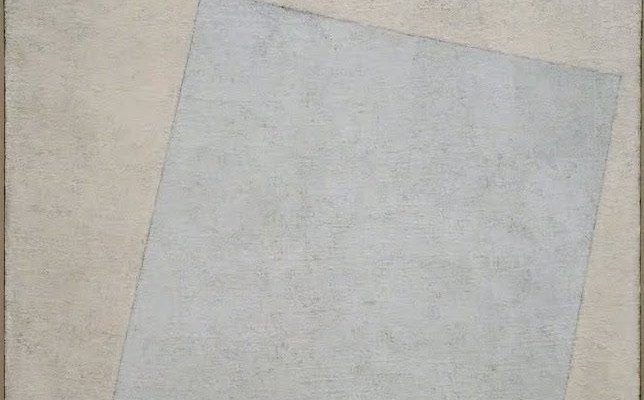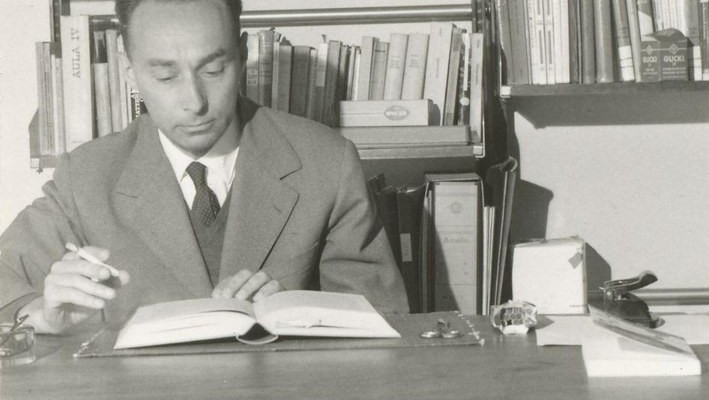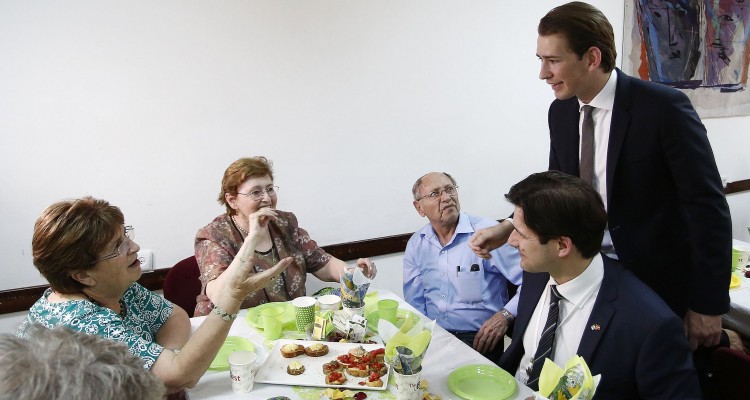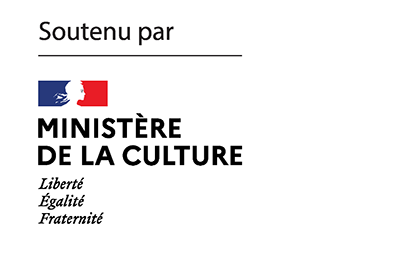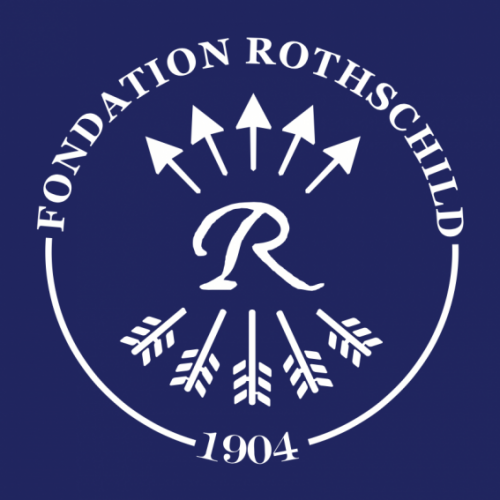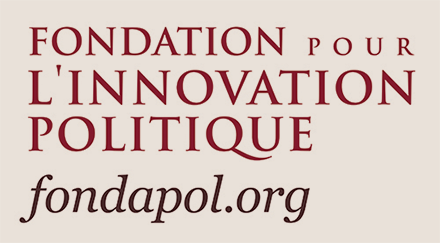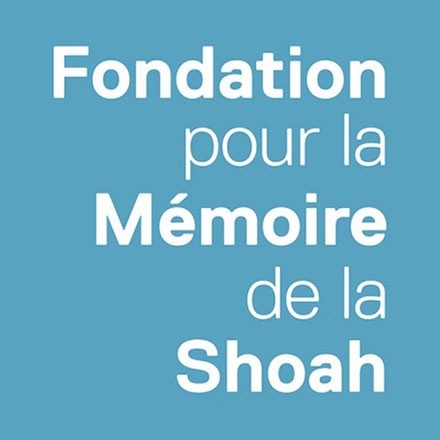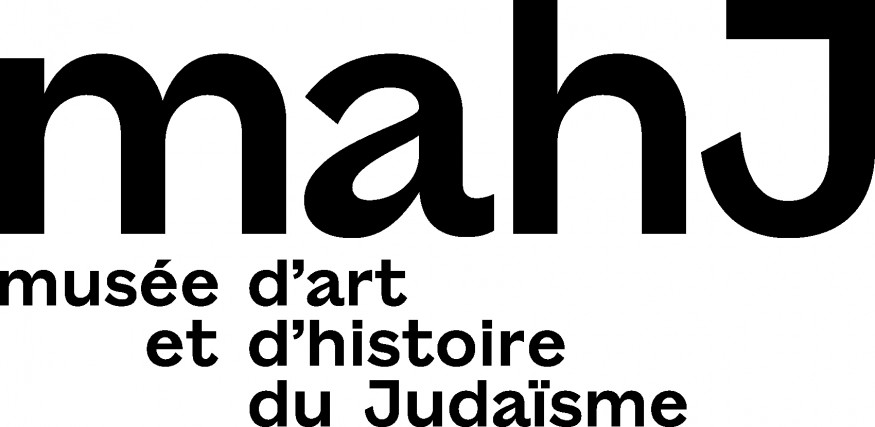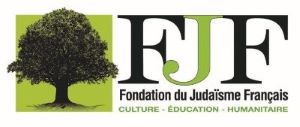Les Blancs, les Juifs et nous (Whites, Jews and Us, not translated) still figures as a memorable title in French racial discourse. The work of indigéniste activist Houria Bouteldja, the tome exhorts French Jews to divest themselves of their “whiteness” and return to an original non-white condition, thus ceasing to be “the dhimmis of the Republic.” Balazs Berkovitz examines Boutdelja’s 2016 book, among others, as forming part of “a simulacrum of social theory” in the first installment of an essay for K. We might also describe the kind work of Bouteldja belong to as a parody of political and cultural history, but that would be to overlook how such a text reflects the rise in France of such fields as Critical Race Studies and Critical Whiteness Studies, disciplines which have their roots on the American university campus. Berkovitz delves into how Jews are evaluated in these discourses, that is to say, how Jews are classified as “white” in a drawing of a color-line that has major political and academic stakes. An example of how this can go awry: in 2017, on an American campus, a tract circulated according to which “Ending white privilege starts with ending Jewish privilege.”
This formulation would no doubt have stupefied participants at the “Nazism and Italian Racial Laws” colloquium, held on March 13, 1961, in Bologna. Primo Levi delivered his first public comments on the Holocaust in the course of this conference, which occurred at a local theater. Levi was speaking at a time, far-removed from our own, when words like “fascism” and “anti-fascism” possessed more or less fixed meanings. One could still draw clear distinctions between mutually-exclusive political stances; the schema of fascism/anti-fascism aided Italian intellectuals to sound the alarm about alarming tendencies in a period of social and economic tension. Later, in the sixties, these tensions would transform into political violence, as far-right and far-left squared off in a decades-long confrontation known in Italy as the Years of Lead. Bologna’ Hebraic Museum is now showing a virtual retrospective on the Italian intellectuals’ conference, as part of a series on Italian history. Guido Furci `visited’ the exhibit for us, and focuses on Levi in his review.
Danny Leder accompanies us for another visit, this time to Austria. Leder, a reporter based in Vienna and Paris,reminds us of the contrasts in Austrian history: the nation hailed Hitler on the occasion of the Anschluss in 1938. Today, the Austrian government places the Israeli flag on state buildings in order to support the State of Israel in its conflict with Hamas. Austria’s political life is haunted by the Nazi past, from Kurt Waldheim’s links to the National Socialist regime to the far-right tendencies of the current chancellor, Sebastian Kurtz. And we cannot forget the career of someone like Jorg Haider, an Austrian politician who was a precursor of today’s national-populism. Kurz, a nimble politician who pivoted from a coalition with the far-right to one with the Greens, acknowledges Austria’s responsibility in the Holocaust and stands as a firm backer of the State of Israel. He nonetheless adopts rhetoric on migrants and immigration which situates him close to the xenophobic right. The Jewish community finds itself in a predicament – where should it come down politically given these facts, and the rise of Islamist terrorism in Austria, which recently committed an attack in the surroundings of Vienna’s main synagogue.
